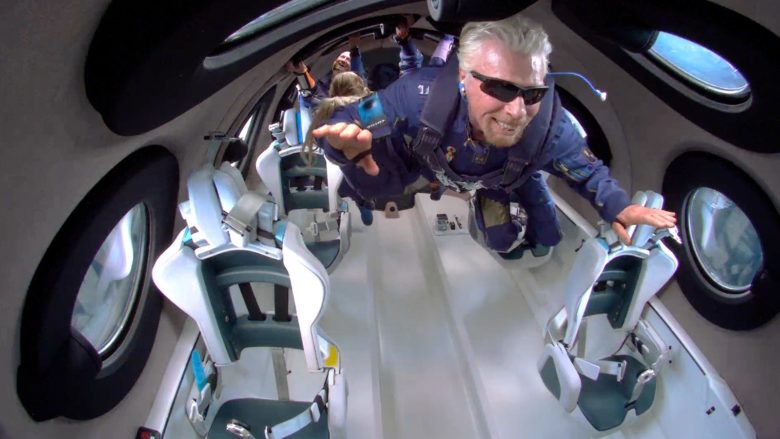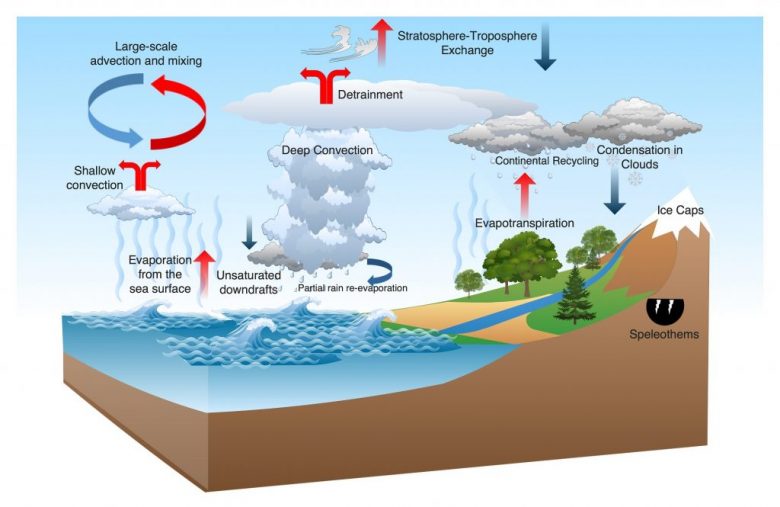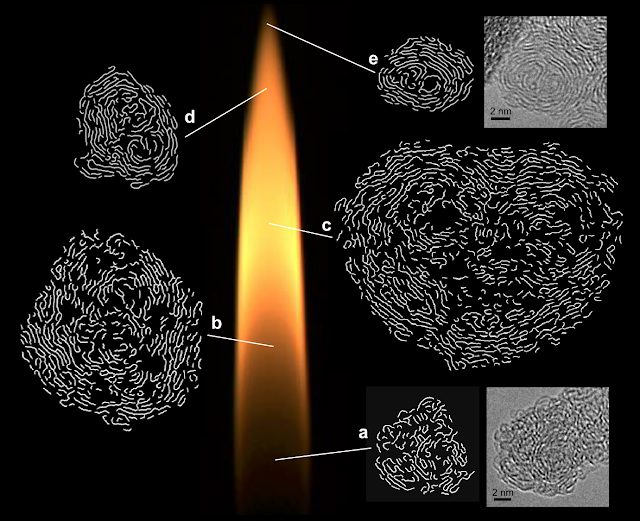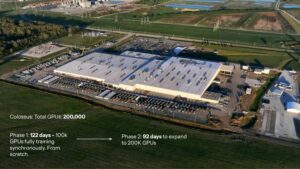Space tourism – technological advancement or a threat to the environment?

The climate change debate has divided people more than ever before. While there are people who abstain from air travel, refuse to eat animal products, and carefully recycle their waste, there are those who build huge rockets to travel into space. Many are concerned that the interest in space tourism will only continue to grow and cause irreversible damage to the Earth’s climate. Critics also fear that the number of flights annually will exponentially increase in the next years, in comparison to 2018 when approximately 100 “space travels” were conducted.
In recent news, the British entrepreneur Richard Branson announced that he would like to begin tourist flights into space from 2022. With his flight on July 11th, 2021 on the VSS Unity of his company Virgin Galactic, he won the race for the first billionaire excursion to space, beating Jeff Bezos and Elon Musk to the feat. In late July, Jeff Bezos took off in the “New Shepard” rocket on his first space visit. He announced two more flights in 2021. At a recent press conference, he also stated that interest in tickets is very high. However, many criticized that such space excursions are only “jaunts for the rich”.
Water vapor is a potential hazard
“If there was only one flight per year, space tourism might be neglected, but not if it becomes a common business model. I take a very critical view of this, given the world situation in which we find ourselves,” said the director of the Wegener Center for Climate and Global Change at the University of Graz and professor for climate analysis, Andrea Steiner, commenting on the current trend. The exact effects on the climate caused by the flights can hardly be named so far, says Steiner: “Unfortunately, so far there has been a lack of comprehensive studies of what it will really mean when it comes to space tourism.”
However, there are dangers that have already been identified. One such concern is the emitted water vapor. Amazon founder Jeff Bezos came out with a statement saying that the fuel used with his flight was made from liquid hydrogen and liquid oxygen, supposedly making the flight environmentally friendlier than Branson’s. However, it is not clear how accurate this is. “This fuel does not emit CO2, but the energy required to produce hydrogen is very high. This alone causes very high CO2 emissions.” Production would only be climate-neutral if it had been generated with the help of renewable energies.
“There is also the observation that the expelled water vapor leads to increased cloud formation at high altitudes,” says Steiner. Franz Prettenthaler also fears this. He is the director of the Center for Climate, Energy and Society LIFE at Joanneum Research. “At a corresponding altitude where it can no longer rain, such as in the mesosphere from a height of 50 kilometers, it leads to the formation of clouds where it no longer belongs. That means that there is a multiplication of water vapor.” Since water vapor, like CO2, prevents heat radiation back into space, this could intensify global warming and the melting of the polar ice caps,” fears the Graz-based climate researcher.

Ejected soot particles could further warm the stratosphere
Unfortunately, neither researcher sees a more conventional fuel type, which is based on carbon and nitrous oxide. On the contrary, the emission of soot and aluminum oxide particles is of particular concern to climate researchers in Graz. According to calculations, around 225 tons of soot were released into the stratosphere during the 100 launches in 2018. In contrast to the lower layers of the atmosphere, these can no longer rain down there. “So the soot particles can remain in the atmosphere for up to ten years,” says Prettenthaler.
The manager of the Wegener Center also sees the soot particles as having a potential negative impact on the climate. Steiner: “The soot particles that get into the atmosphere are very small dark particles that absorb sunlight and have a warming effect in the stratosphere. In addition, aluminum oxide particles are emitted, which in turn are brighter and reflect sunlight.” These have the potential to have a local cooling effect, yet this has not been fully proven. These could have a local cooling effect, but this has not been fully proven. On the contrary – as Steiner points out with reference to a current study – soot and aluminum oxide particles can cool the earth’s surface by absorbing the solar flow from space or reflecting it back into space, but this leads to a warming of the lower stratosphere. In addition, there is a probable loss of ozone.

Research programs and necessary legal requirements
Both researchers do not believe the trend towards space tourism can still be reversed. Therefore, scientific models and legal frameworks will be needed for this new industry. For the head of the Wegener Center for Climate and Global Change, there is no question that research programs are needed to fully investigate effects and that internationally binding regulations on rocket emissions and greenhouse gas budgeting need to be installed. This is also underlined by the director of the Center for Climate, Energy and Society LIFE at Joanneum Research: “A binding, clear climate impact assessment by companies is required. It’s not about the individual flight, but about commercialization,” says Prettenthaler,“ Basically we already need new priorities in tourism today. Before we create a new problem in tourism, we should first solve the existing one.”
Disclaimer: In the warm summer days of August 2021, Trending Topics SEE will pay special attention to the topic of Tourism & Hospitality. We want to introduce the brightest SEE projects, startups, and entrepreneurs in the industry. Read more stories or share yours here.





























